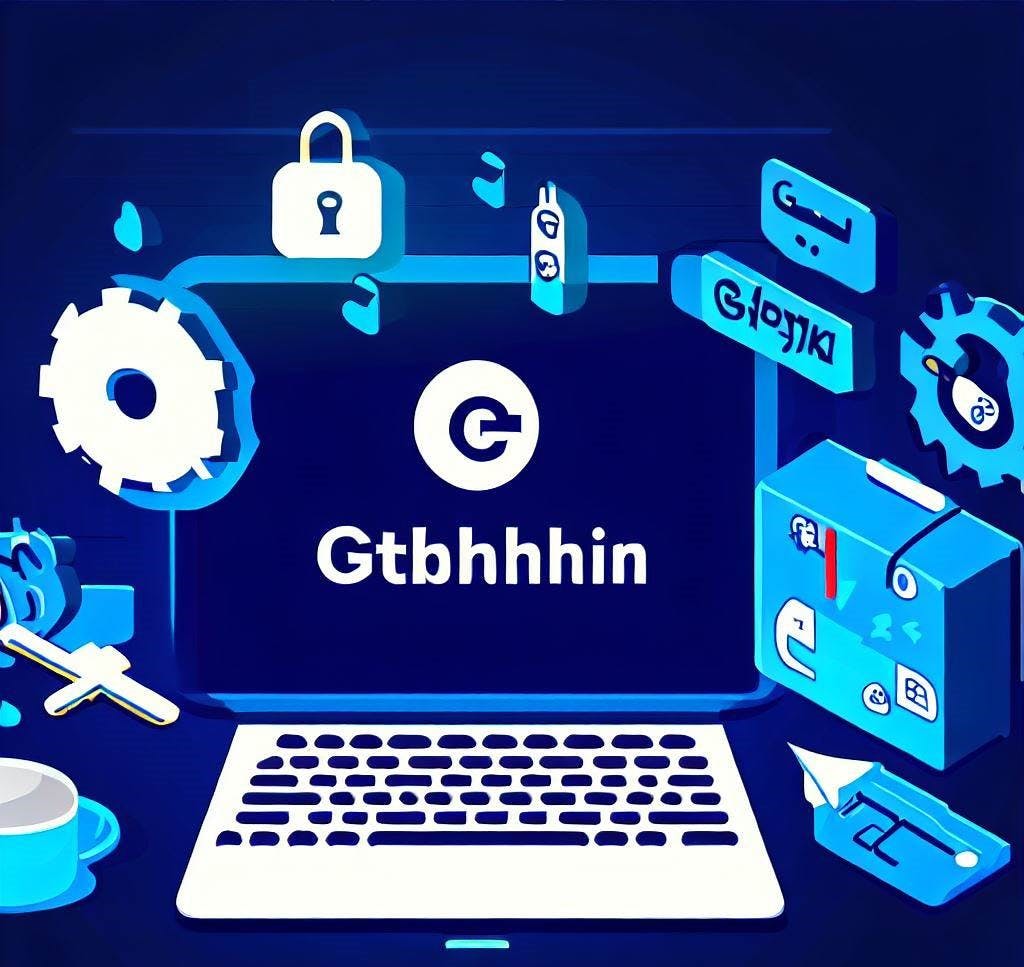
GitHub setup
Learn how Docker and token-based authentication can revolutionize your GitHub setup, streamlining the process and saving you valuable time by eliminating the need for SSH keys and enabling customized development environments across multiple projects

Are you tired of dealing with multiple GitHub credentials while working on different projects? Configuring SSH keys and adding them to GitHub can be a hassle. But fear not, there's a simpler solution: GitHub's token-based authentication. In this blog post, I will share my personal experience and demonstrate how Docker can help streamline your GitHub setup, making your development process smoother and more efficient.
Firstly, let's talk about the benefits of using Docker. With Docker, you can set up your preferred development environment on any machine. This is especially advantageous for Windows users with WSL (Windows Subsystem for Linux) support. By setting up the environment variables for your customized development environment and developing within a container, you can save significant time and effort on the initial development setup.
To get started, you'll need to set up a Linux environment on your Windows machine. Follow this link (https://www.dblogstream.com/posts/getting-started-with-docker-for-windows-using-wsl2-and-vs-code) for a helpful guide on setting up WSL. Keep in mind that the process may have undergone updates, so it's always a good idea to refer to the official documentation or search on Google for the latest instructions.
Once you have your Linux environment ready, you can proceed with creating a Dockerfile to automate your GitHub setup. Below is an example of a Dockerfile that you can customize according to your needs:
FROM docker_image_name
ENV GITHUB_USER_NAME="John Doe"
ENV GITHUB_USER_EMAIL="mail@gmail.com"
ENV GITHUB_ACCESS_TOKEN="your-generated-auth-token"
# Install system dependencies
RUN apk update && \
apk add --no-cache bash curl git openssh make
# Configure git user
RUN git config --global user.name ${GITHUB_USER_NAME} && \
git config --global user.email ${GITHUB_USER_EMAIL}
# Create the .netrc file to communicate with the version control system without manually entering the token
RUN mkdir -p /root && \
touch /root/.netrc && \
echo "machine github.com login ${GITHUB_USER_EMAIL} password ${GITHUB_ACCESS_TOKEN}" >> /root/.netrc && \
chmod 600 /root/.netrc
In this example, you need to replace `image_name` with the base image you want to use. You can choose an image that matches your development requirements. The Dockerfile sets up system dependencies such as Bash, Curl, Git, OpenSSH, and Make. It then configures the global Git user using the provided GitHub username and email. Finally, it creates a `.netrc` file that enables communication with the GitHub version control system without the need to manually enter the token each time.
Feel free to customize the Dockerfile further according to your specific needs. For more information on using Dockerfiles, refer to the official Docker documentation (https://docs.docker.com/engine/reference/builder/).
By using Docker and the Dockerfile approach, you can save significant time and effort, as well as maintain a consistent development environment. Additionally, you can continually improve and refine your development environment template to adhere to best practices and ensure optimal efficiency.
In conclusion, setting up and managing GitHub credentials across multiple projects can be a tedious task. However, by leveraging Docker and token-based authentication, you can simplify and streamline this process. Docker allows you to create a customized development environment that can be easily replicated across different machines, while token-based authentication eliminates the need to configure SSH keys. Implementing these tools will undoubtedly save you time and enable you to focus more on actual development tasks.
So why wait? Give Docker a try and experience the convenience it brings to your GitHub setup!